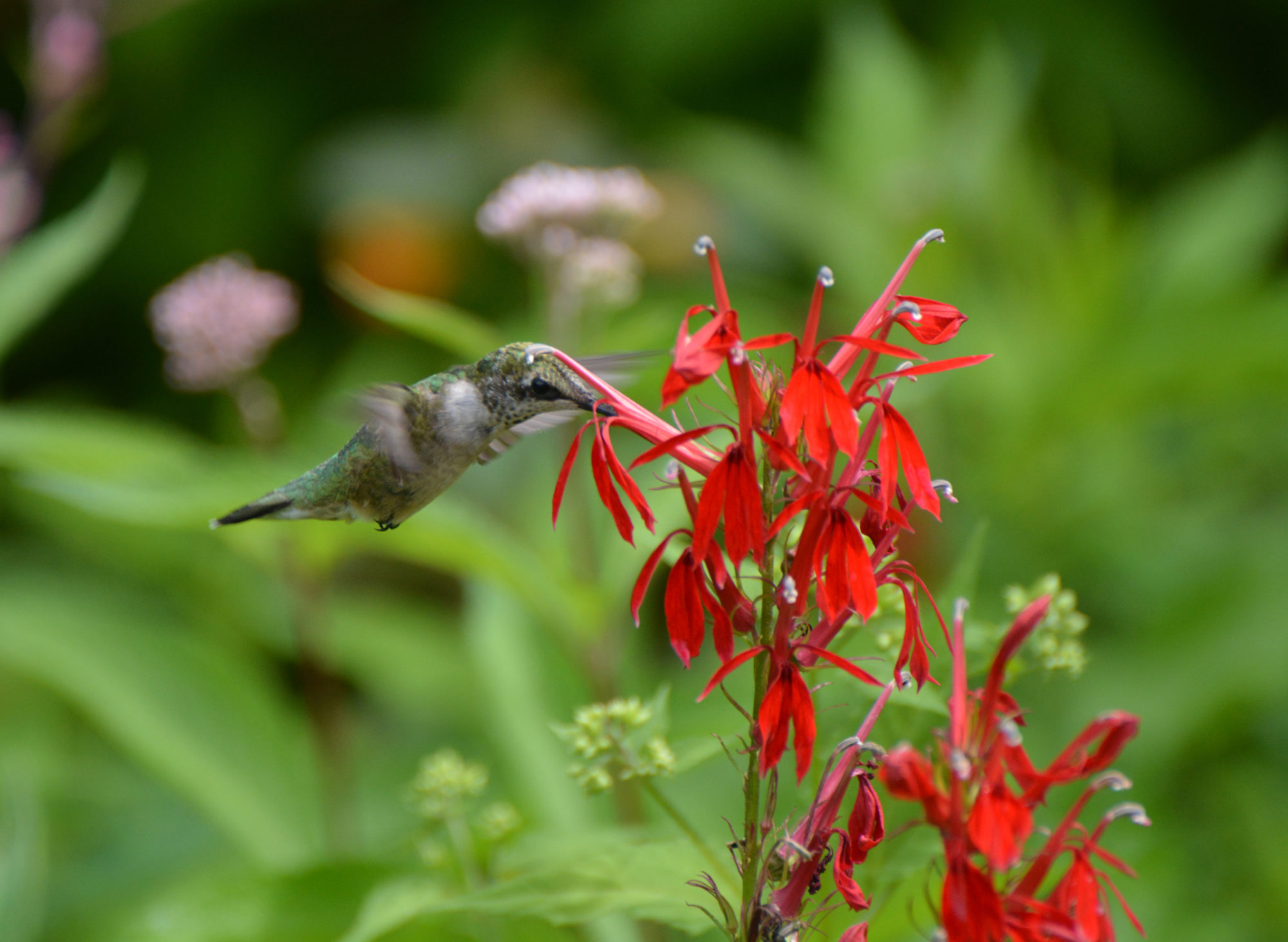BugGuide – Very easy!
SPONSOR: Iowa State Univ.
EXCELLENT! You can browse the photos to try to ID your insect yourself or you can submit a photo. You usually get an ID within a day or two or even sooner! Putting a name to a “face” makes our yards’ “bugs” much more interesting!
Bees
BudBurst: Pollinators and Climate
SPONSOR: Chicago Botanic Garden
This project is studying the question: How is climate affecting plant-pollinator interactions. Changes in pollination has significant impacts on how we humans live our lives and interact with our environment on a daily basis. Pollinator and pollinator health changes the success of fruiting for plants and our food supply and therefore our health. We know that phenological events can vary from year to year, but how are pollinators affected by these variations. Submit data to help us understand how insect emergence, pollen availability, and climate conditions impacts plant-pollinator interaction.
Resources for BudBurst Pollinators and Climate
- Here’s how to participate. Under “Related Resources” there are data sheets you can use to record your observations. Also, you can record observations for Spring, Summer, and Fall.
- BudBurst – Pollinators and climate
- Recorded presentation: North Carolina Botanic Garden: Protect our pollinators. Become a community scientist with Budburst – To see a demo, go to about minute 21 in the recording.
Lost Ladybug Project
SPONSOR: Nat’l Science Fdn; Cornell Univ. and others
Ask a Bumble Bee
SPONSOR: Ohio State Univ.
The Ask A Bumble Bee project is a survey exploring which flowers bumble bees visit and which they don’t. Anyone with a smartphone can participate, even if you don’t know your
bee IDs or floral IDs. Why do this? Knowing bumble bee’s floral preferences will improve planting guides, seed mixes, and land management strategies for bumble bees!
Videos:
Bumble Bee Watch
SPONSORS: The Xerces Society, Univ. of Ottawa, and others
This project: Because these animals are widely distributed the best way to keep track of them is with a group of volunteers across the country equipped with cameras. With any luck, you might help us to find remnant populations of rare species before they go extinct.
Bumble Bee Atlas
SPONSOR: Xerces Society
Here’s info on the project
Other insects
Firefly Watch
SPONSOR: Mass Audubon
Learn why and how to monitor fireflies
They provide a training video.
VIDEO: Firefly lecture with Firefly Watch
Firefly Atlas
SPONSOR: Xerces Society
The Firefly Atlas makes it possible for community scientists and conservation professionals alike to contribute species-specific data for all three firefly groups —flashing, glowing, and day active — with an emphasis on threatened and data-deficient species.
NOTE: Anyone can contribute their observations to this Atlas, but CNY isn’t in the area of special concern.
Odonata Central (for dragonflies and damselflies)
SPONSOR: National Science Foundation; Alabama Museum of Natural History
This citizen science web site is focused on expanding our understanding of the distribution, biogeography, biodiversity, and identification of Odonata (dragonflies and damselflies) in the Western Hemisphere.
There’s a user guide and video tutorials available on the homepage.
An app is also available for your smartphone, and there is a good 10-min training video (though it’s pretty intuitive anyway).
